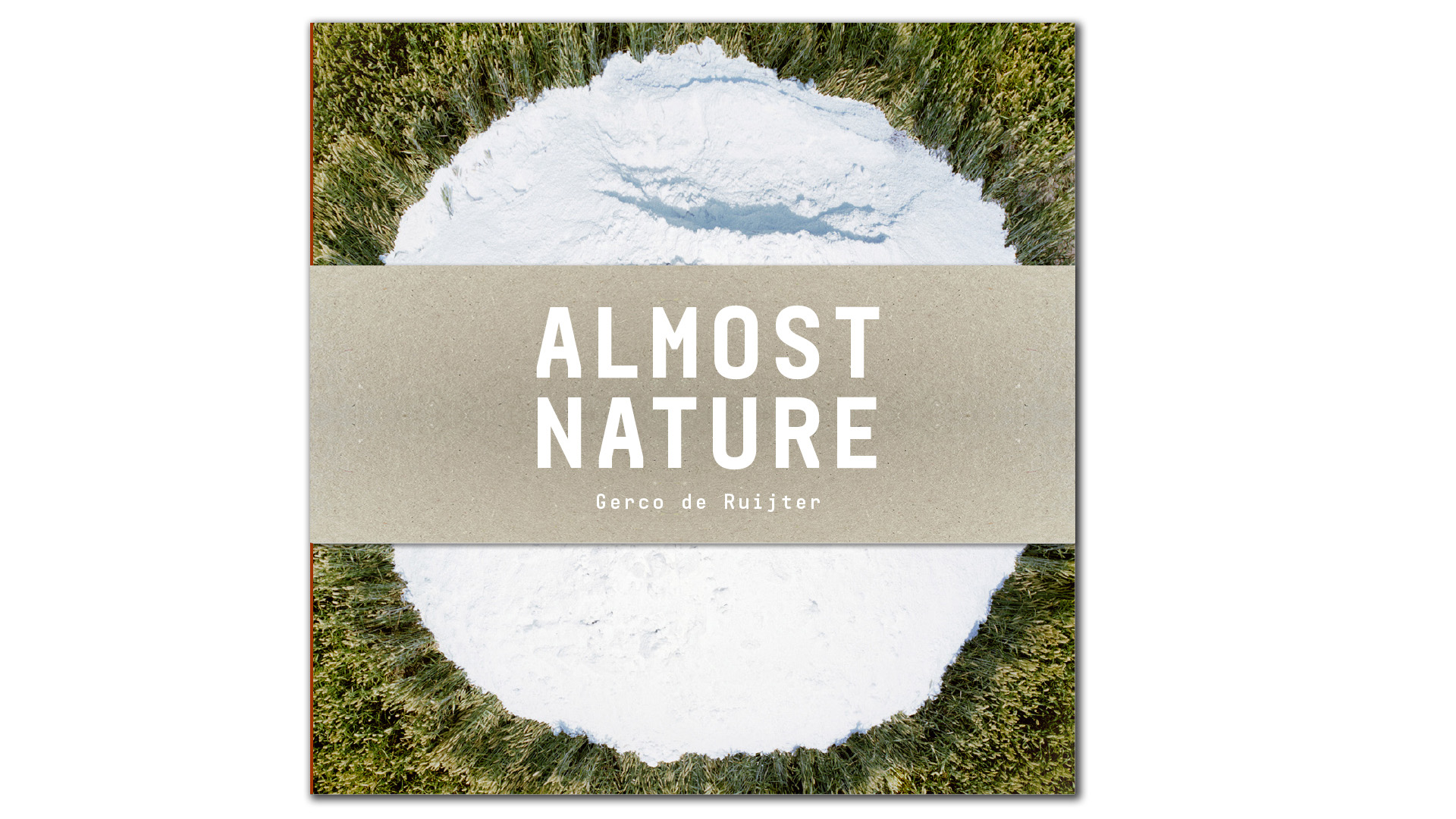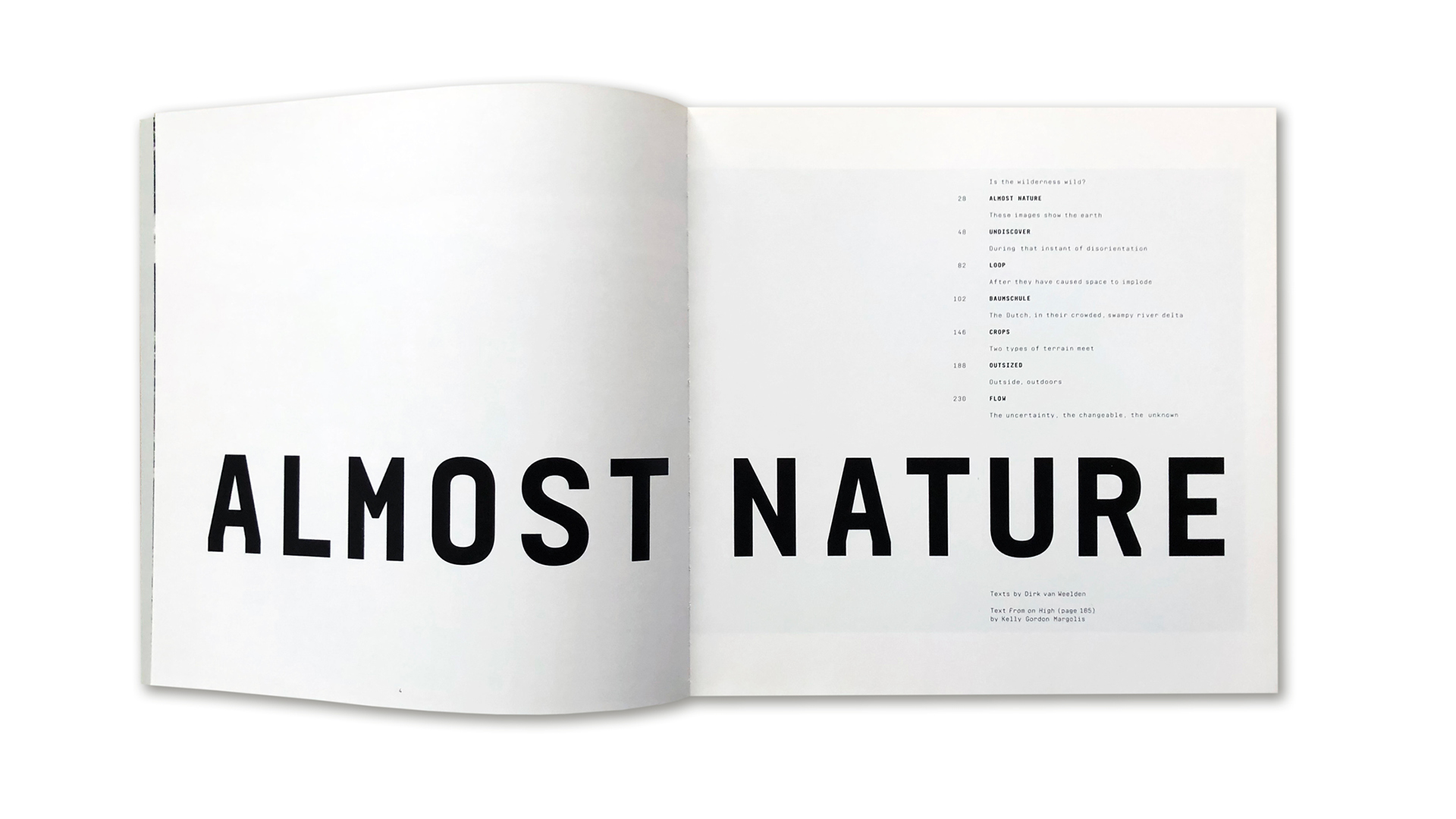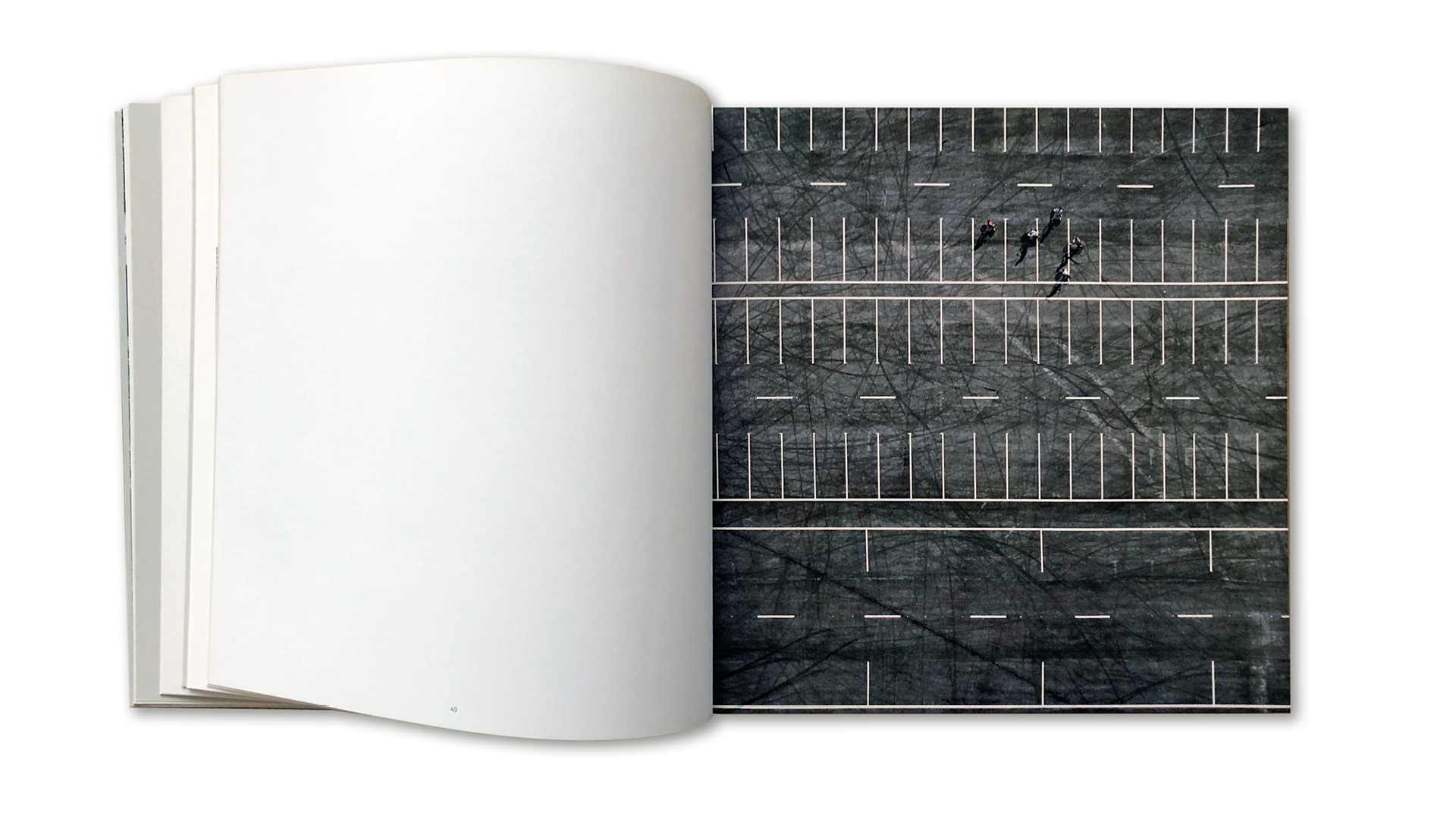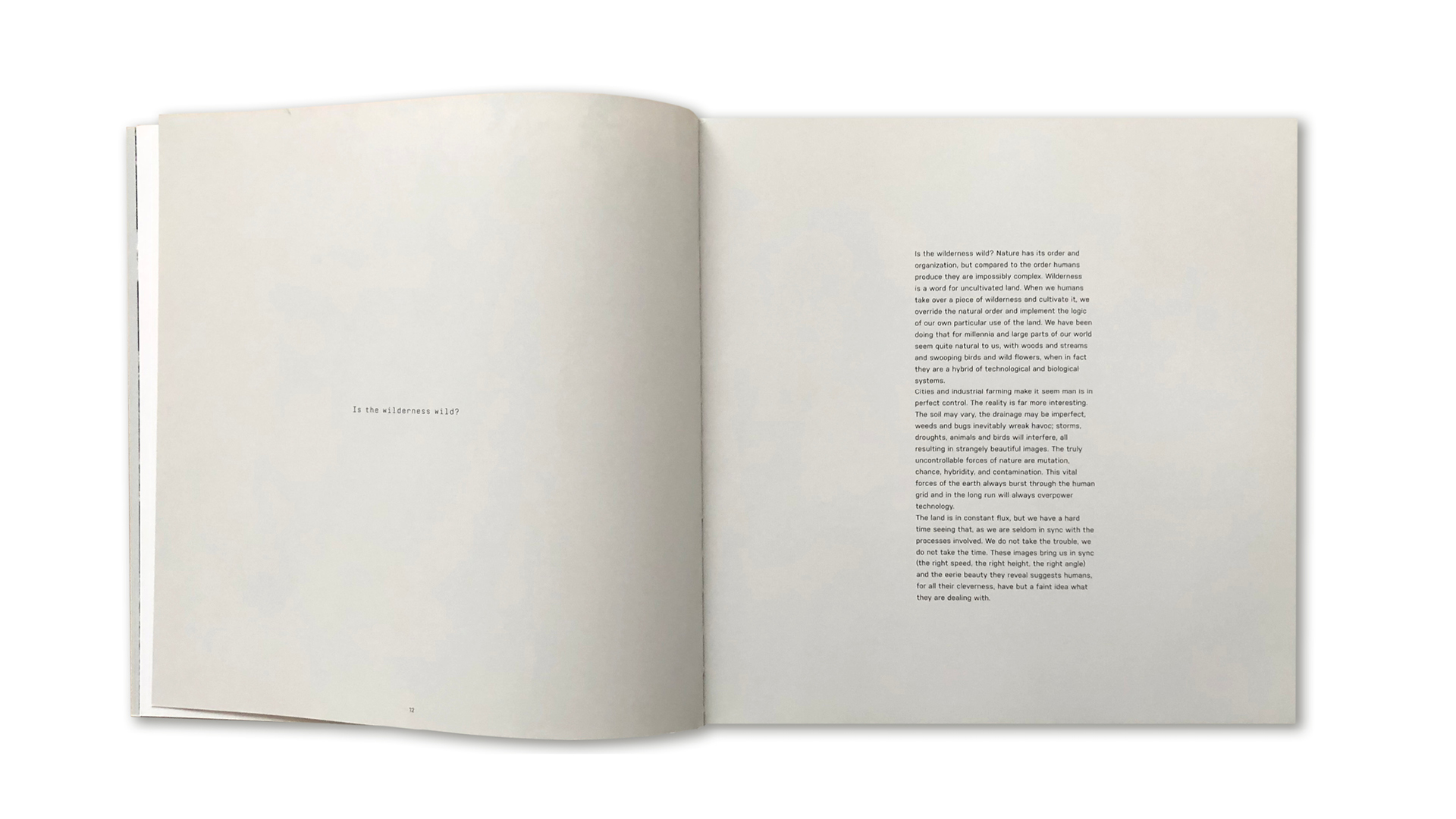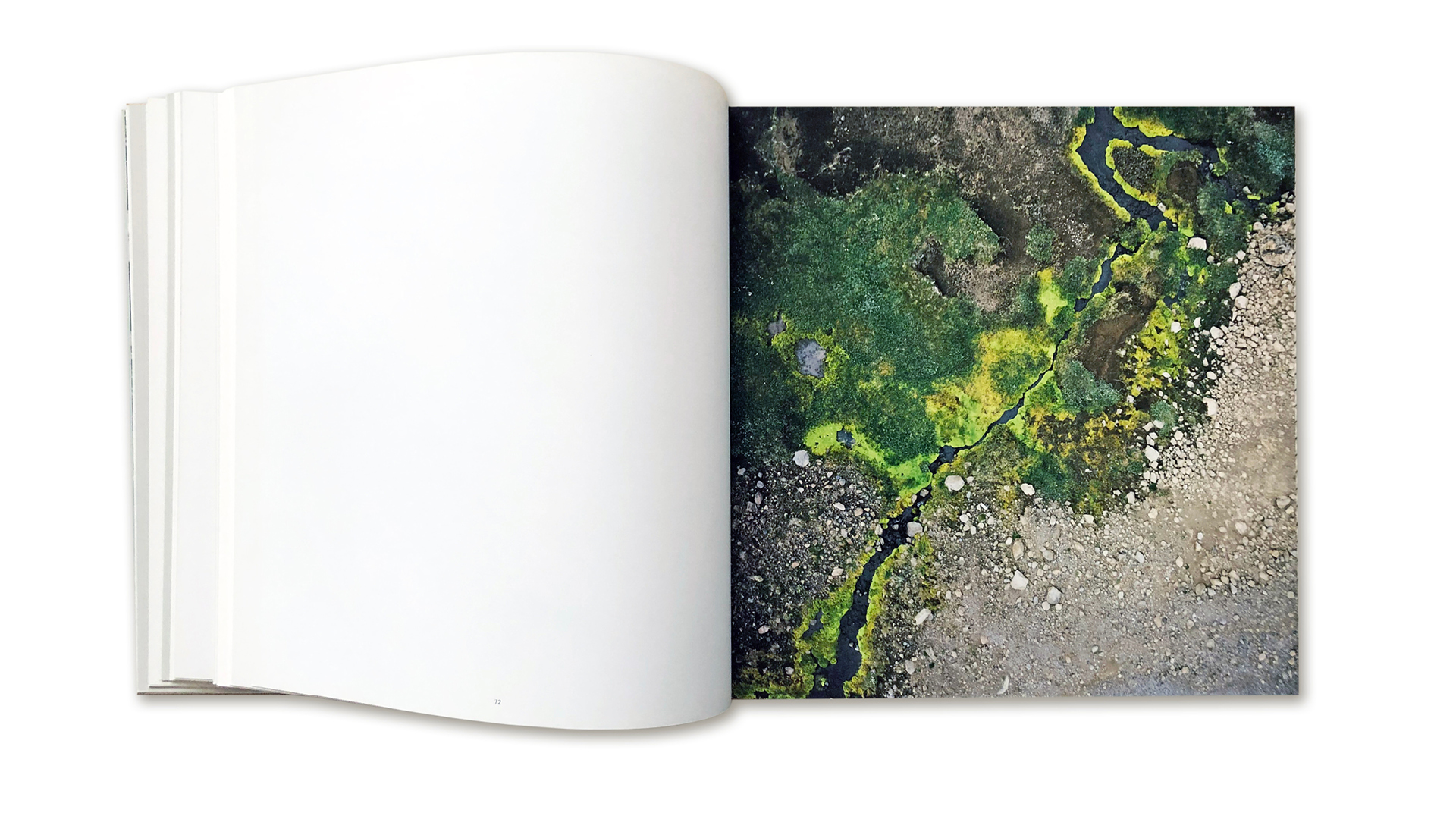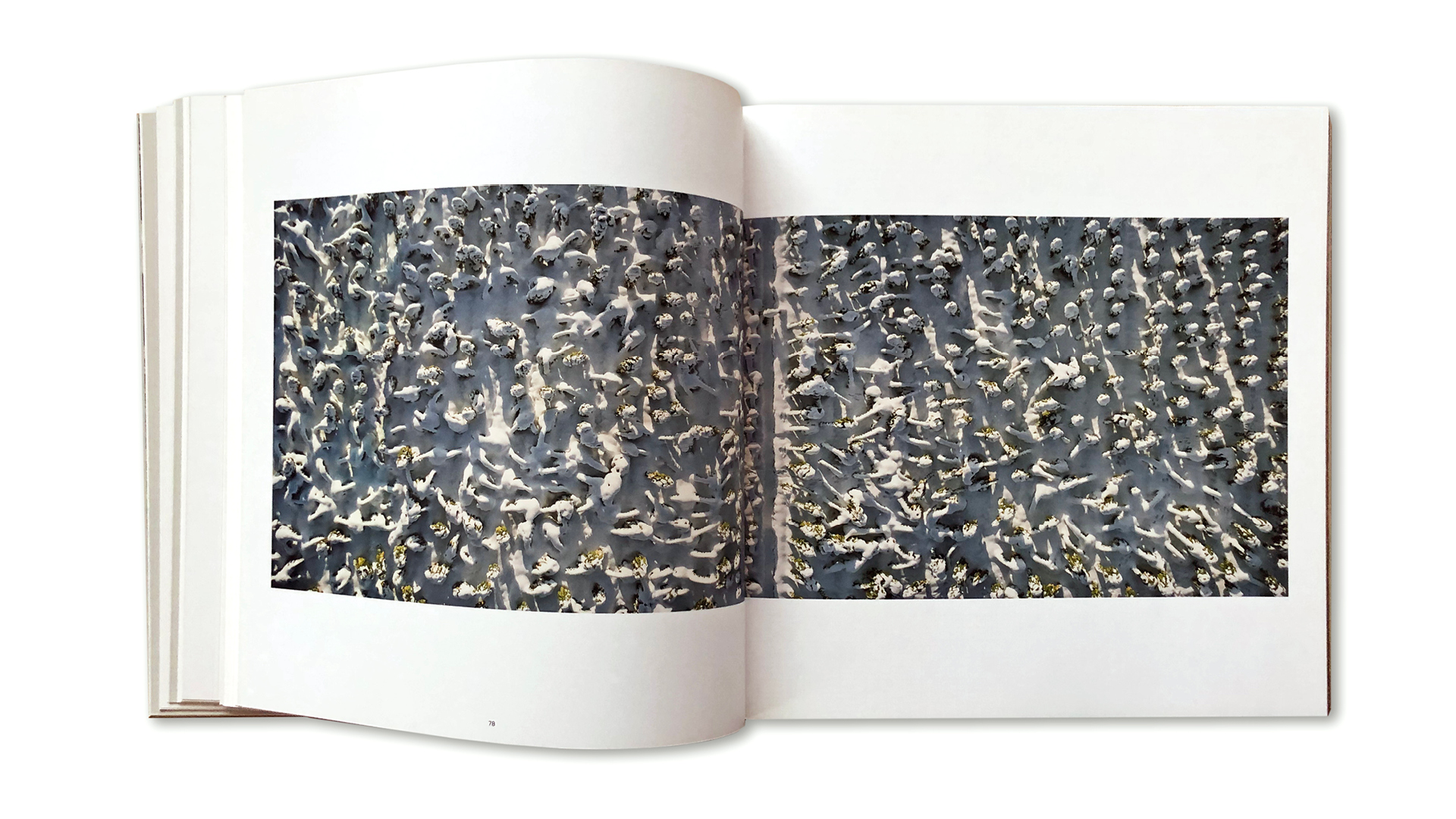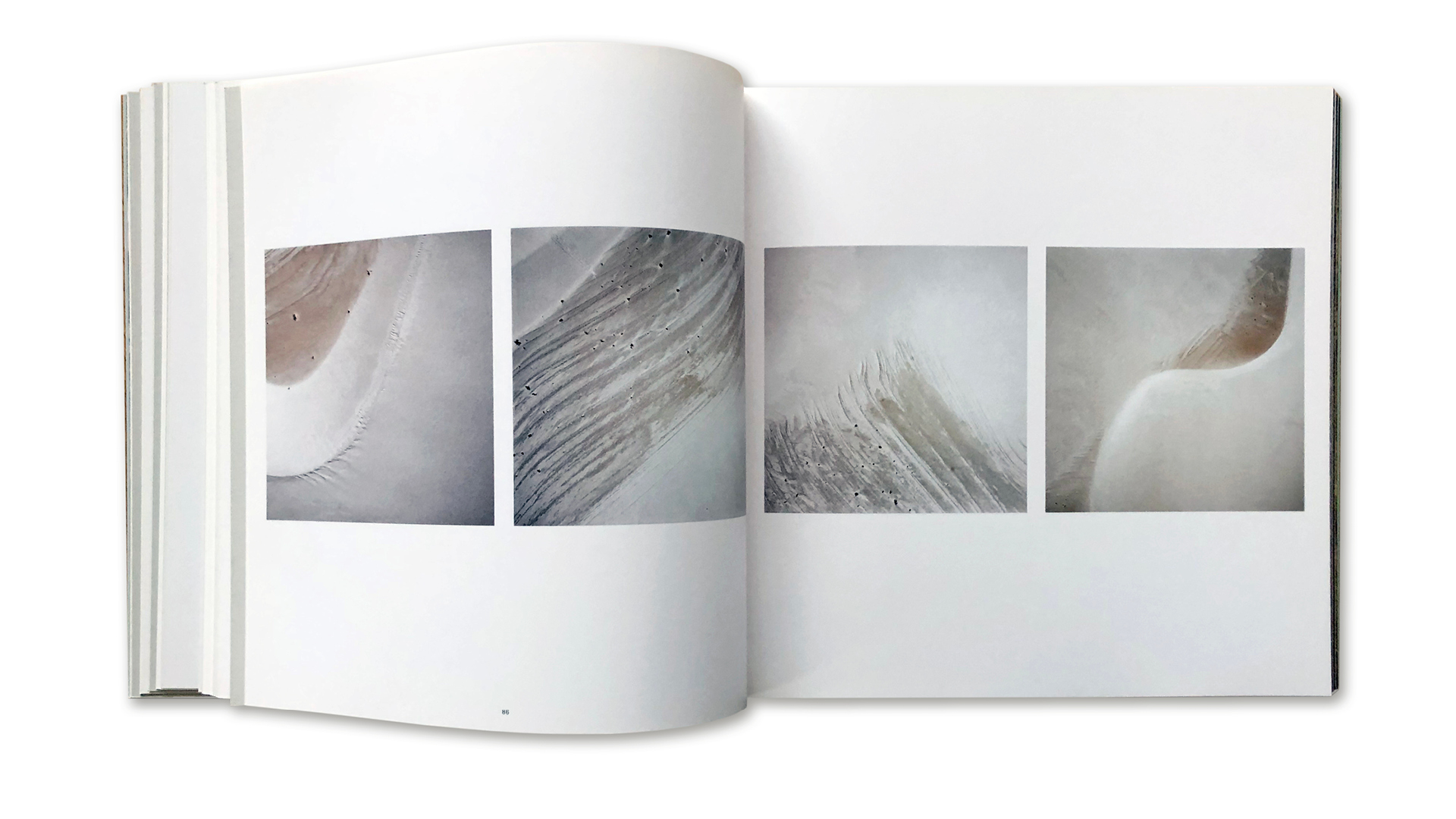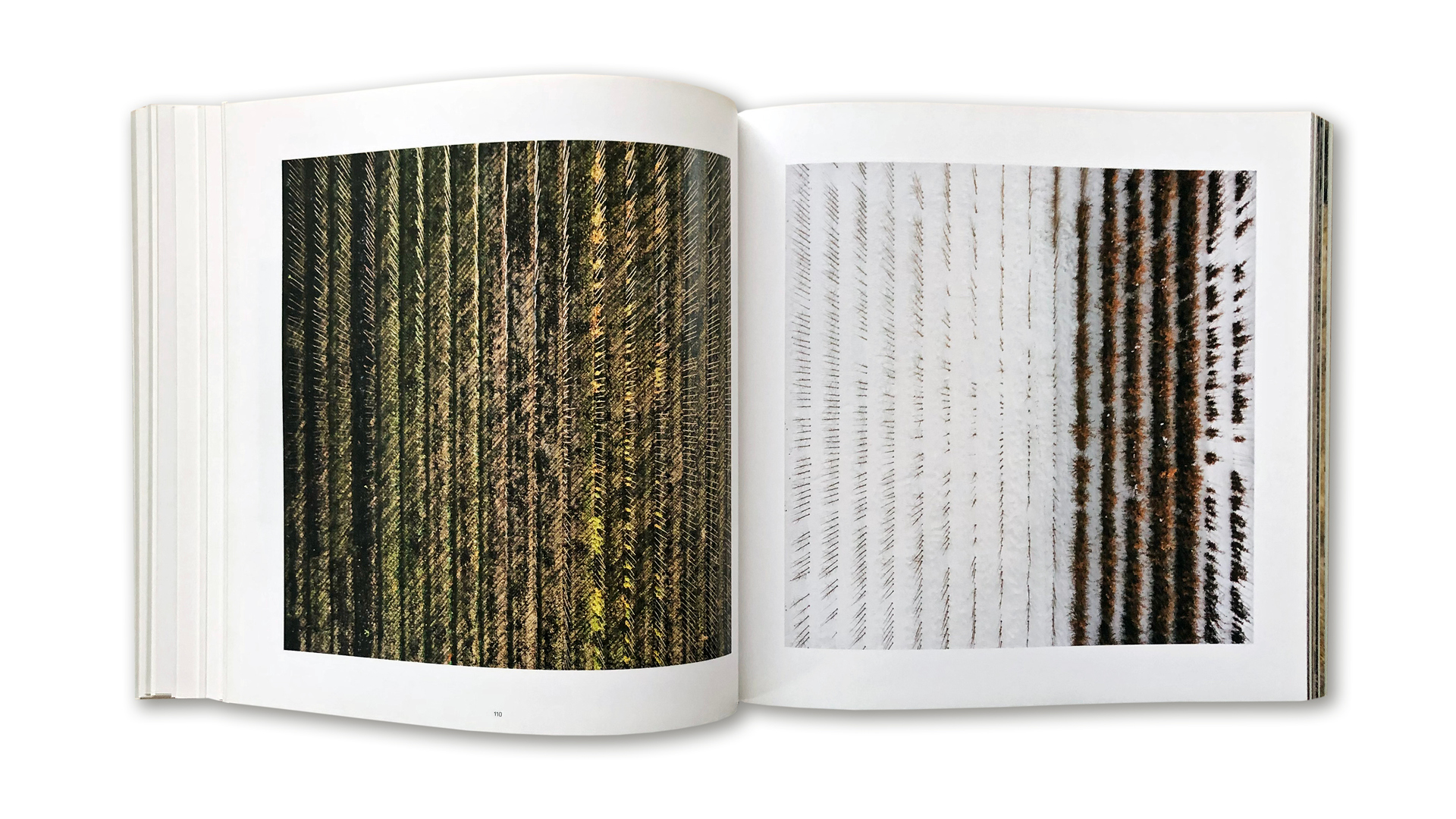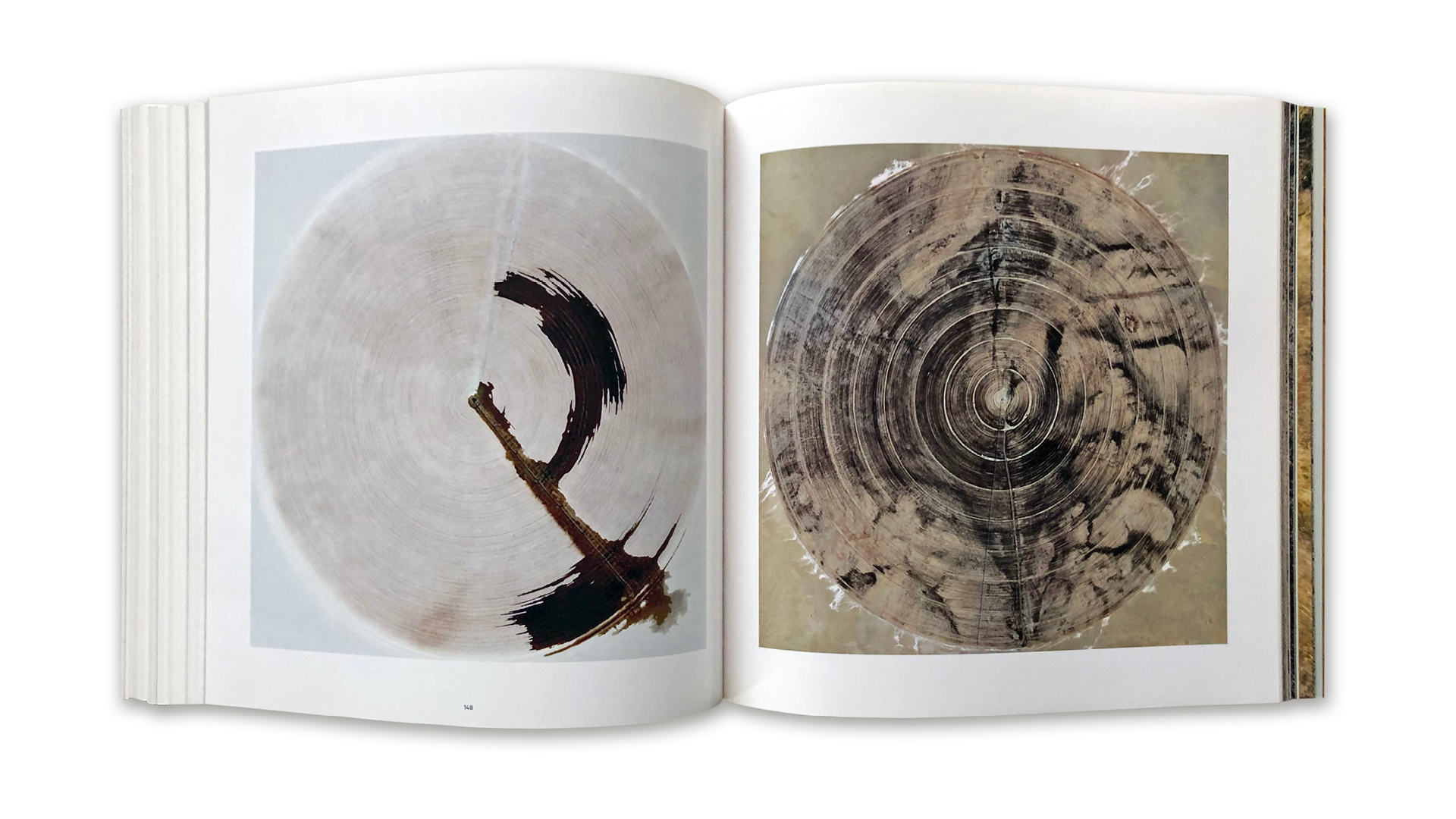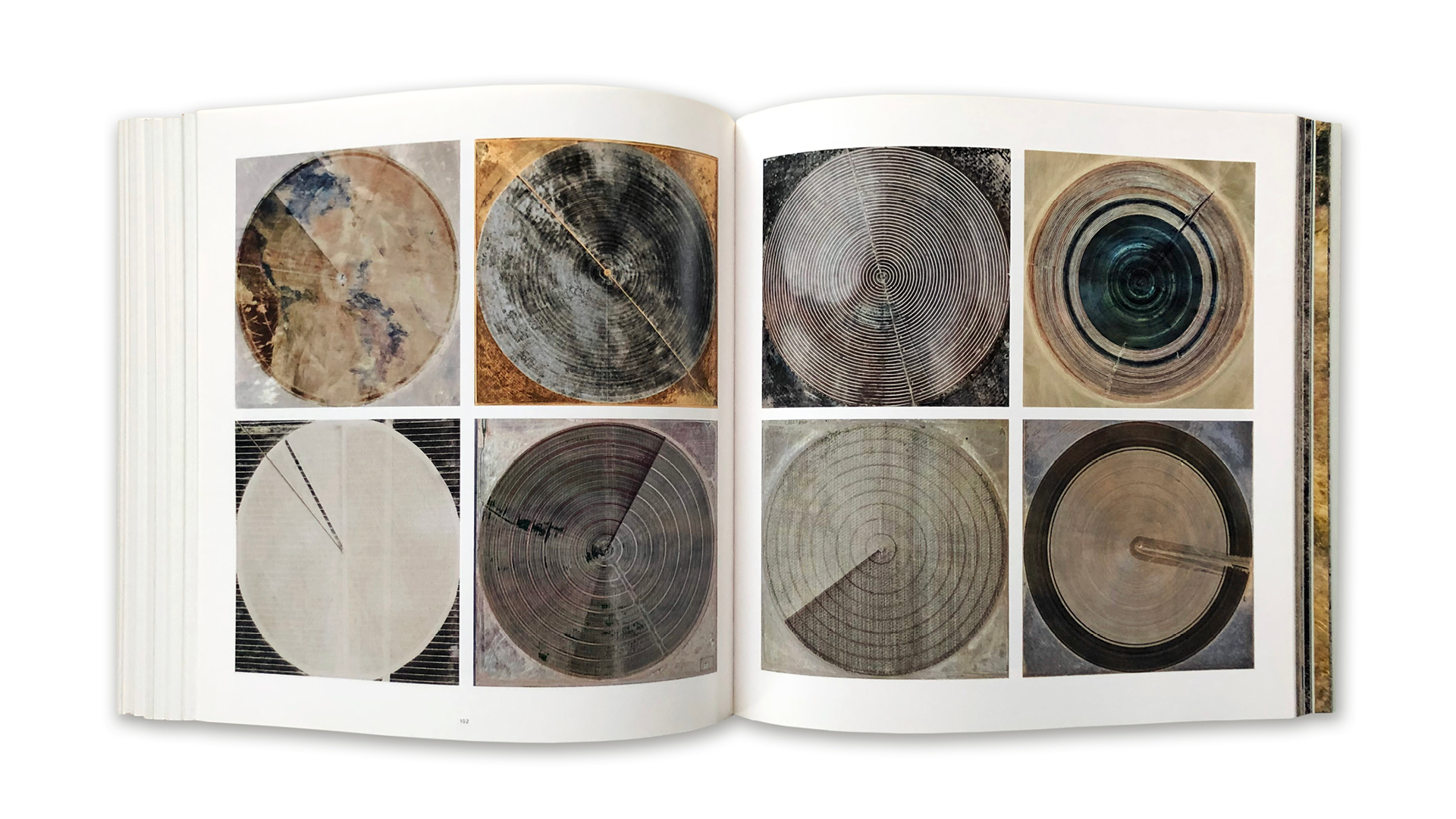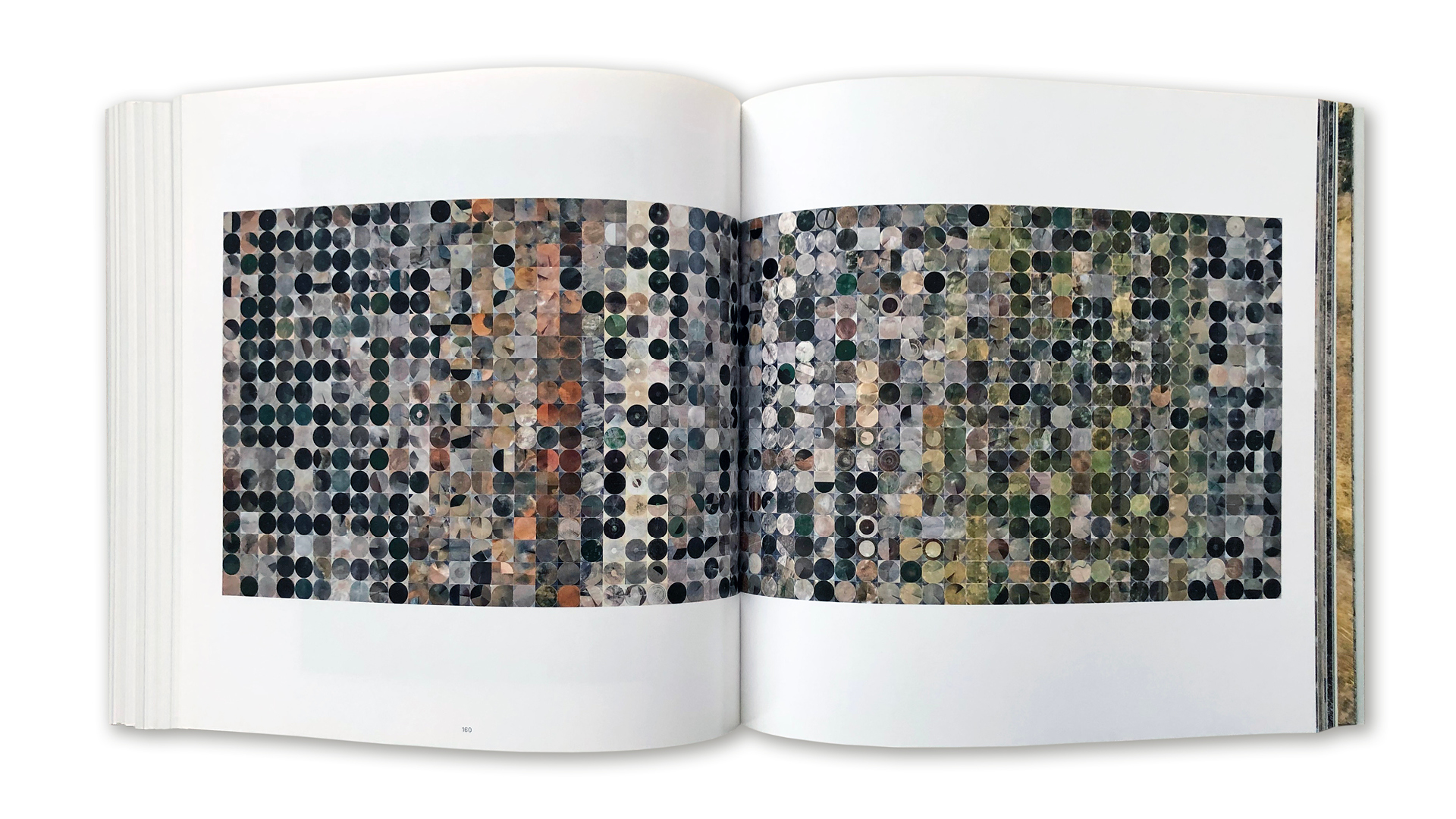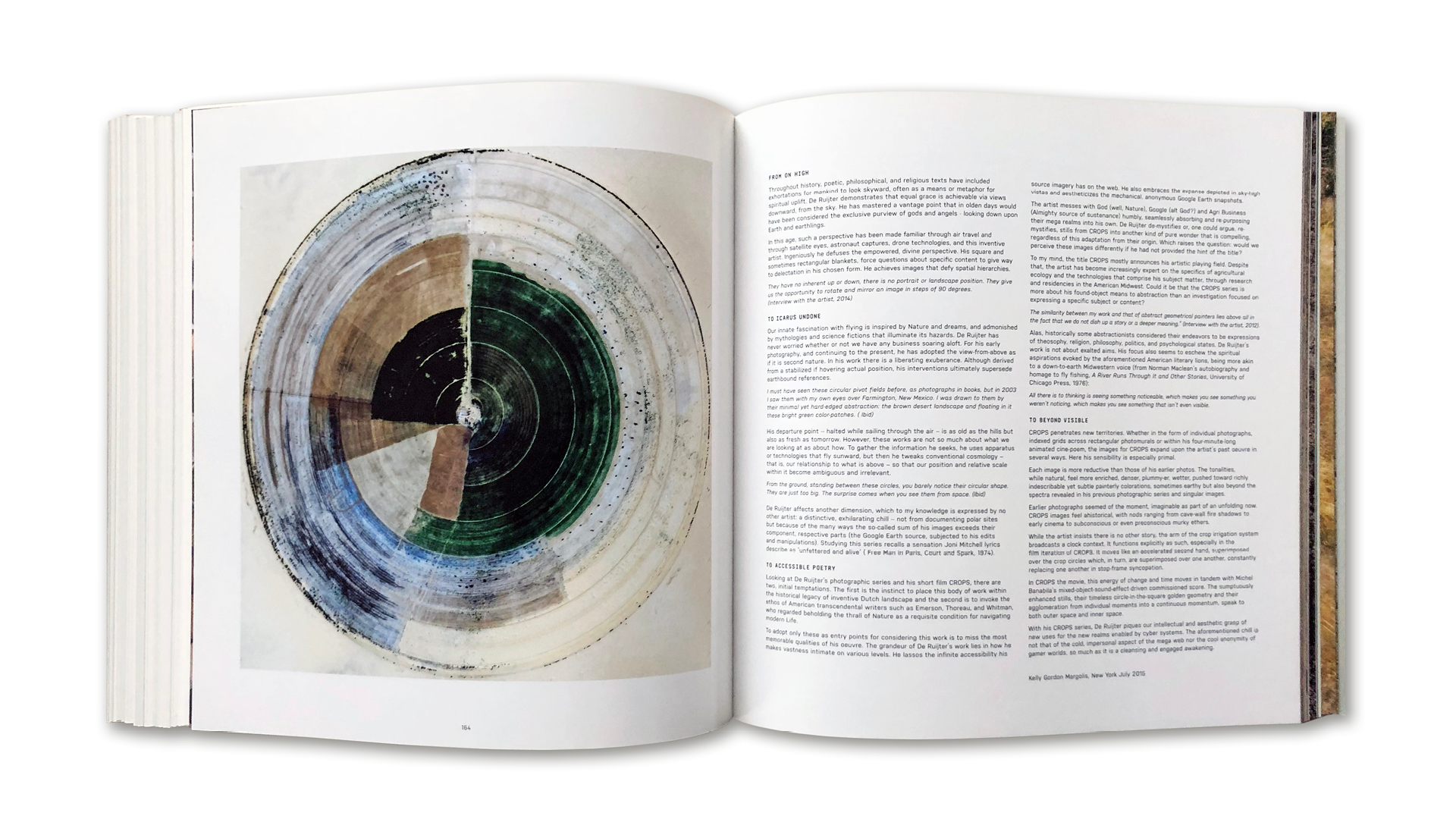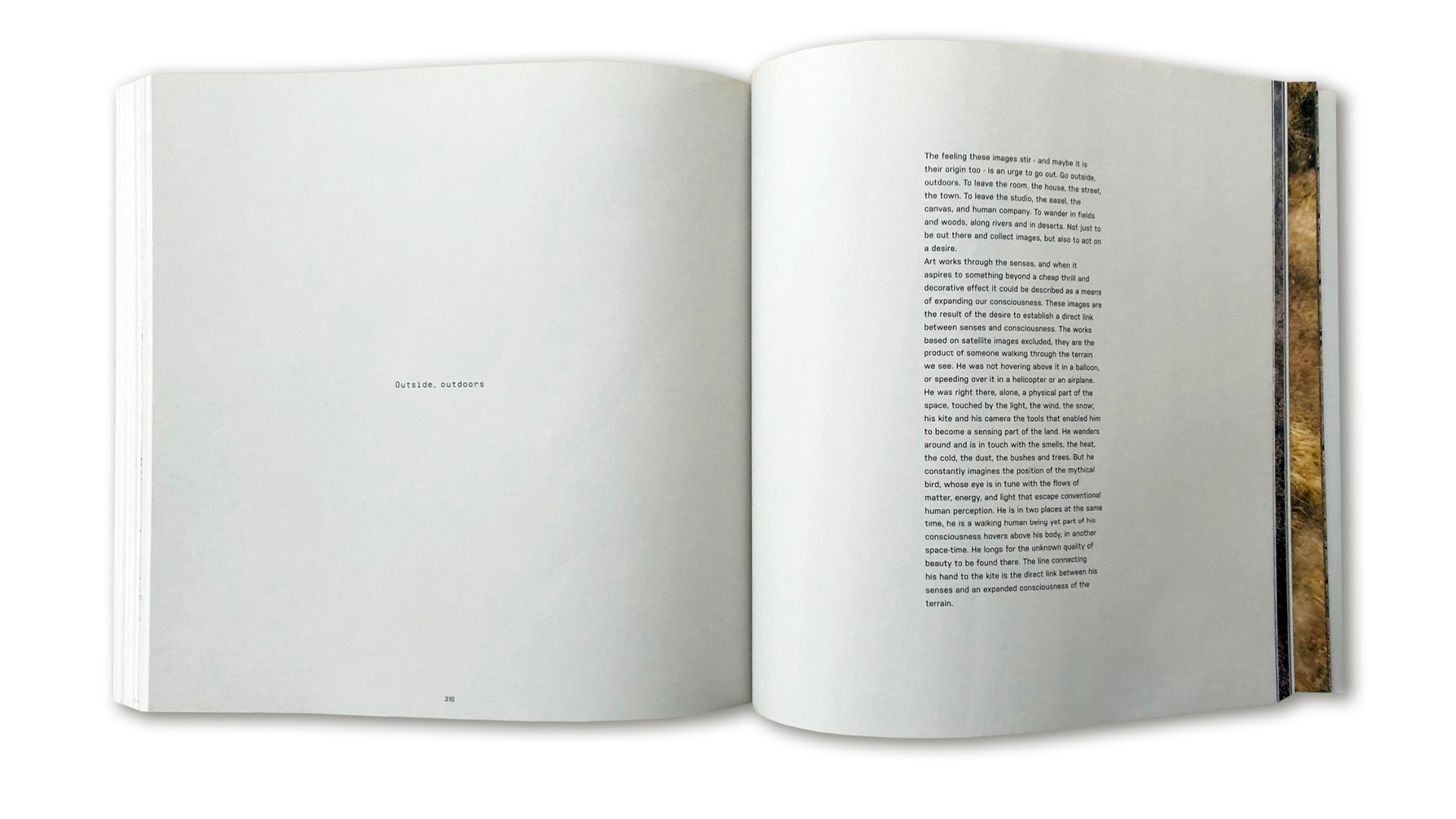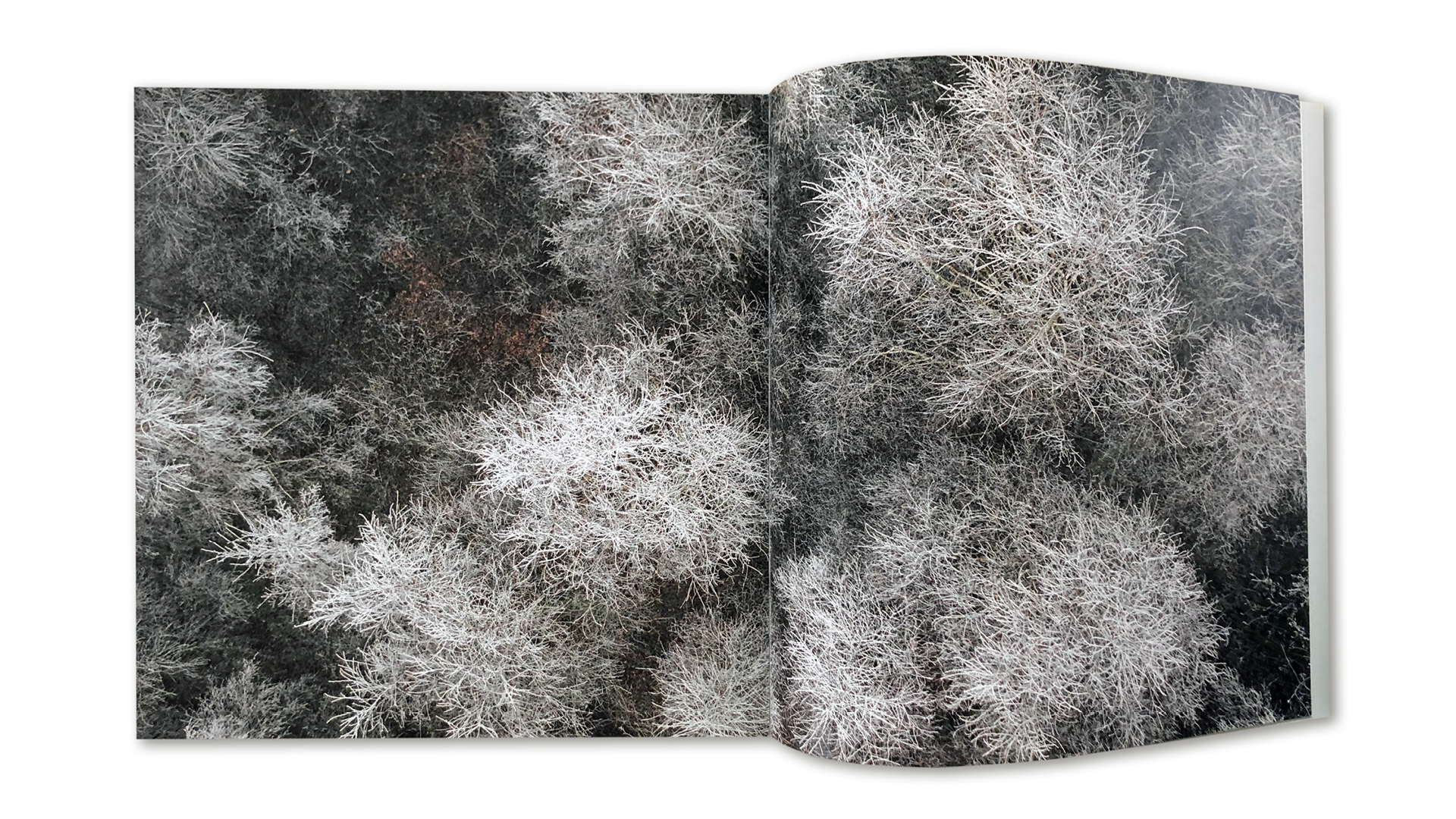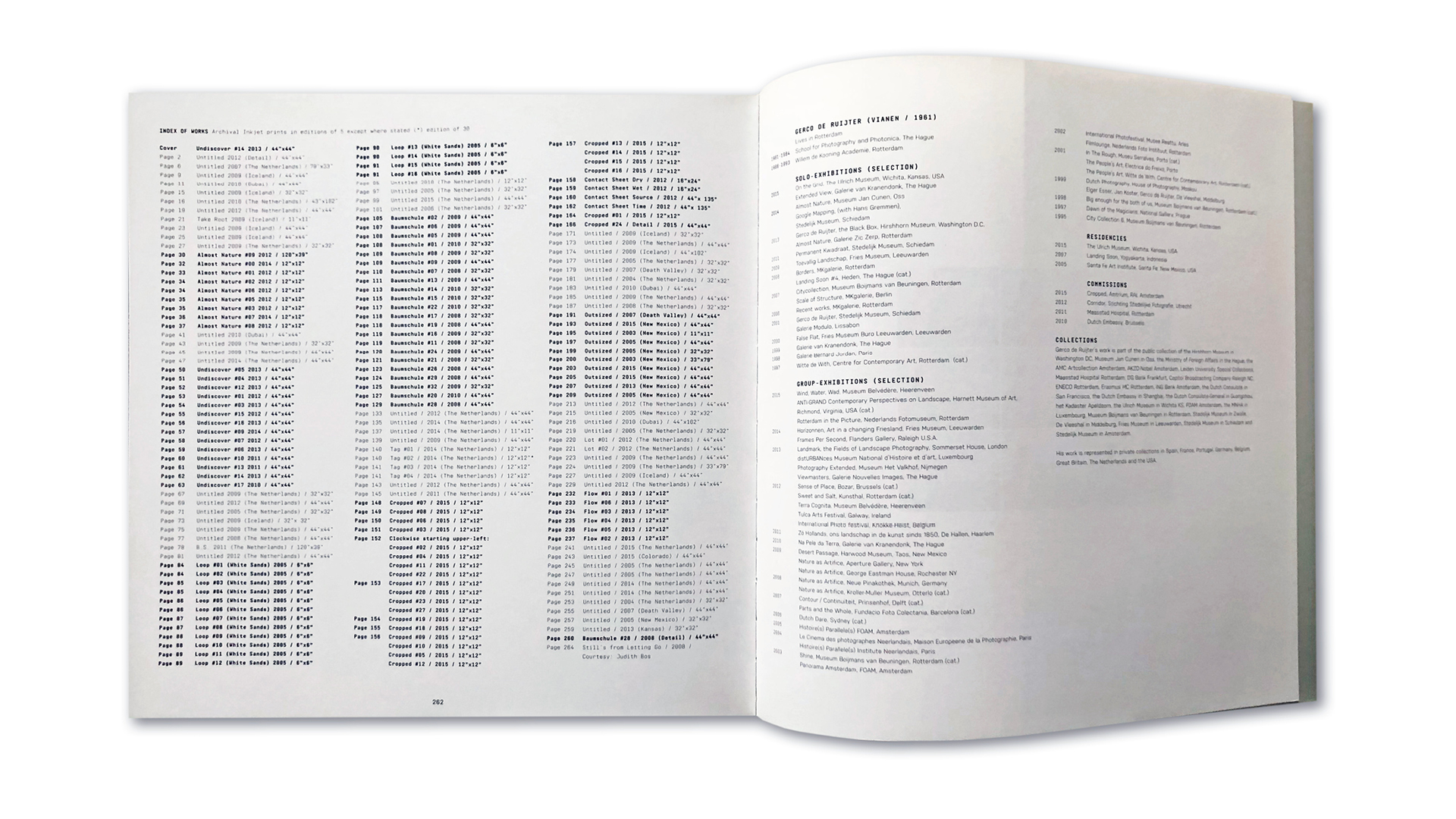The feeling these images stir - and maybe it is their origin too - is an urge to go out. Go outside, outdoors. To leave the room, the house, the street, the town. To leave the studio, the easel, the canvas, and human company. To wander in fields and woods, along rivers and in deserts. Not just to be out there and collect images, but also to act on a desire. (Dirk van Weelden)
